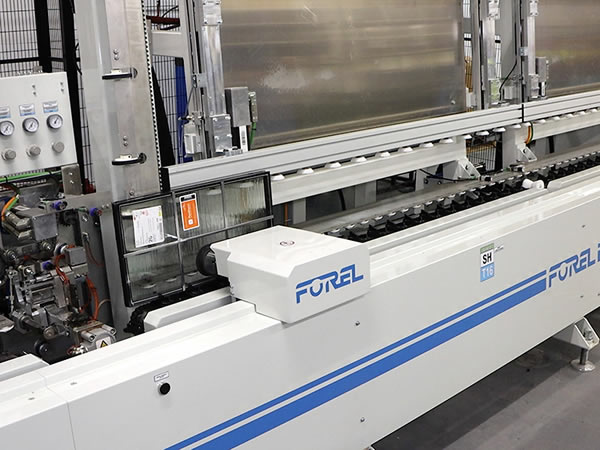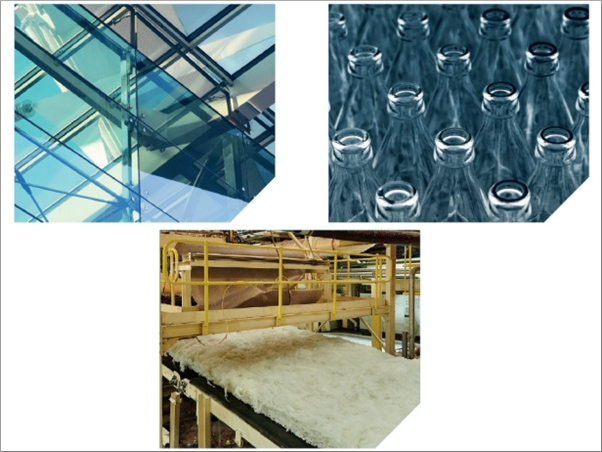Date: 15 October 2008
The review period (2003 to 2007) has seen a tough trading environment, with furnaces closing and employment falling. However, capacity has been replaced and increased by investment in new furnaces and improved technology. However, energy usage is still high and, consequently, the industry is vulnerable to rising energy costs.
The demand for glass containers has remained steady, but growth in the market is small, with increasing substitution by alternative packaging materials such as plastic, and paper and board, which are matching and improving the very characteristics that used to distinguish and differentiate glass (i.e. strength, an inert barrier for preserving contents and transparency).
Glass manufacturers are responding to this threat by improving, widening and emphasising the range of colours, size and design possibilities of glass and investing in technology to improve the weight and strength of glass containers in order to compete with alternative packaging materials. Glass is increasingly being used for premium products to enhance the brand image.
Legislative pressures are also having an impact on the industry, with increasing cost implications of having to comply with a range of climate and environmental controls, such as the Climate Change Levy and emission targets. Despite an impressive track record of improving the environmental impact of glass production since the late 1980s, the industry is still faced with the need to further reduce emissions and energy consumption. The introduction of lightweight glass bottles is a step forward in reducing energy usage in production and transportation.
Glass manufacturers are also aware of the need to lessen the environmental impact of glass through initiatives involving light-weighting and improving recyclability, in face of both government waste legislation and continuing public pressure to reduce, reuse and recycle packaging.
For more information, kindly visit Bharatbook.com.







Add new comment